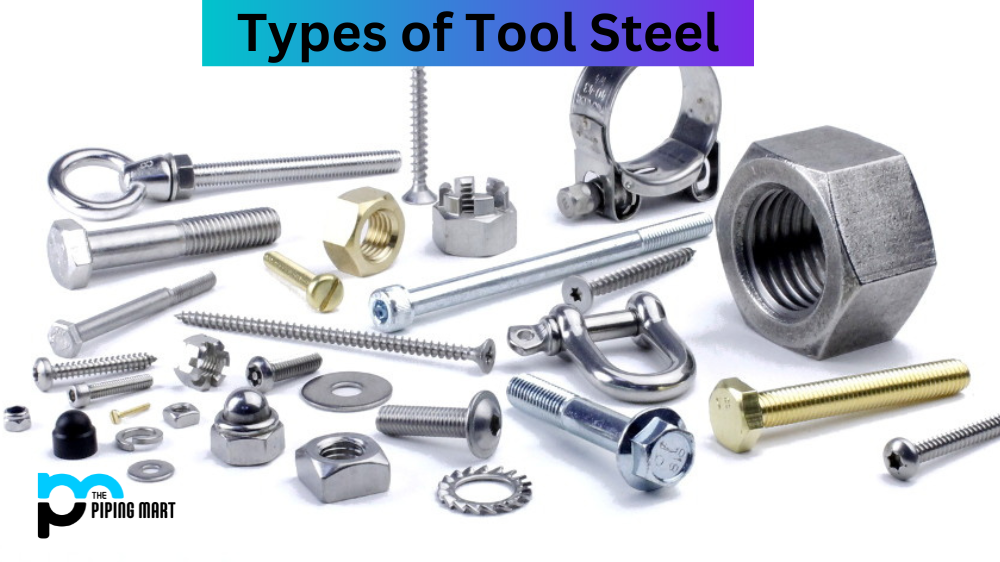When selecting a type of stainless steel for an application, there is a wide range of choices. Two popular options are duplex stainless steels such as UNS S32205 (2205) and UNS S31803 (2304). Both steels offer a combination of corrosion resistance, strength, formability, and other desirable characteristics, but their chemical composition and mechanical properties differ. Let’s look at the difference between these two duplex stainless steel alloys.
Difference Between UNS S32205 and UNS S31803
UNS S32205 is a nitrogen-enhanced version of UNS S31803. It offers higher strength and more excellent corrosion resistance than its predecessor, thanks to the addition of nitrogen. 2205 duplex stainless steel is composed of approximately 22% chromium, 3% molybdenum, 5-6% nickel and nitrogen. It is also known for its high strength and excellent stress corrosion cracking resistance. This makes it ideal for applications requiring high levels of strength or stress corrosion cracking resistance, such as oil & gas pipelines or bridges.
In comparison, 2304 duplex stainless steel contains 18-20% chromium, 4-7% nickel and 0.1-0.2% nitrogen. Its lower chromium content gives this grade greater ductility than 2205 but with lower yield strength and tensile strengths than those found in 2205 duplex stainless steel alloy. Despite this difference in mechanical properties, 2304 still has good corrosion resistance due to its higher nickel content than other common austenitic grades like 304L or 316L stainless steels. As such, it can be used in corrosive environments where higher levels of stress corrosion cracking resistance are not required, such as domestic water systems or food processing equipment that does not come into contact with chlorides or aggressive chemicals.
Chemical Composition
The chemical composition of UNS S32205 is very similar to that of UNS S31803, containing around 22% chromium, 3% molybdenum, and 5% nickel. The main difference between the two grades is that UNS S32205 contains slightly less carbon than UNS S31803. This small difference in carbon content gives UNS S32205 better weldability than UNS S31803.
Mechanical Properties
Both UNS S32205 and UNS S31803 have excellent mechanical properties, with both grades having a yield strength of over 80 ksi. However, UNS S32205 has a higher ultimate tensile strength than UNS S31803, meaning it is stronger and more resistant to breakage.
Corrosion Resistance
Both UNS S32205 and UNS S31803 have excellent corrosion resistance thanks to their high chromium and molybdenum content. These two elements help to resist corrosion from chlorides, acids, and other corrosive materials. Additionally, both grades have good resistance to pitting and crevice corrosion.
Temperature Resistance
UNS S32205 has better temperature resistance than UNS S31803, with the former being able to withstand temperatures up to 1200 degrees Fahrenheit without suffering any significant degradation. In contrast, UNS S31803 can only withstand temperatures up to 1000 degrees Fahrenheit before beginning to degrade.
Cost
DUE TO ITS SLIGHTLY HIGHER CHROMIUM AND MOLYBDENUM CONTENT, UNS S32205 is typically more expensive than UNS S31803. However, the price difference between the two grades generally is insignificant.
Applications
UNS S32205 is typically used in environments where high temperatures are a concern, such as in petrochemical plants or power plants. Additionally, this grade is often used in marine applications due to its excellent resistance to corrosion from salt water. Some common applications for UNS S31803 include chemical processing equipment, oilfield equipment, and pressure vessels.
Conclusion:
When choosing between UNS S32205 (2205) or UNS S31803 (2304), both materials offer certain advantages depending on the end-use application requirements. In general, though, 2205 offers higher levels of strength due to its increased nitrogen content, while 2304 provides good ductility with better corrosion resistance compared to other common austenitic grades like 304L or 316L stainless steels. Ultimately, the choice between these two duplex stainless steel alloys will depend on your specific requirements for strength versus corrosion resistance and any cost-saving considerations that may apply to your particular application needs.

A passionate metal industry expert and blogger. With over 5 years of experience in the field, Palak brings a wealth of knowledge and insight to her writing. Whether discussing the latest trends in the metal industry or sharing tips, she is dedicated to helping others succeed in the metal industry.




